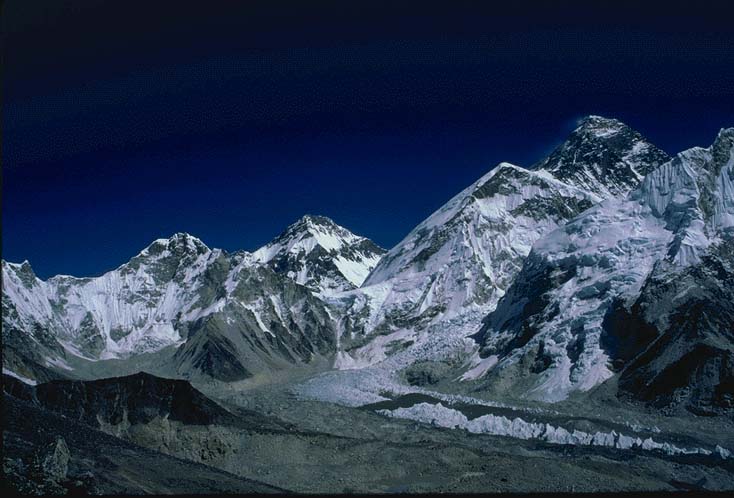The Everest Base Camp Trekking is the most well known and the best of all other trekking the world over. Aside from the base camp of Mt. Everest, the perspective of a portion of the tallest crests on the planet, delightful view, stunning scene, strong trail, and the popular neighborliness of the Sherpa individuals make this goal trekkers’ untouched most loved trekking goal. Along these lines, each year, amid the pinnacle trekking seasons, that is, Spring (March-May) and Autumn (September to November) the nation gets loads of vacationer, who are here with a rationale to get to the base camp of the most noteworthy mountain on the planet, the Mt. Everest.
Best Time
The best time to trek to the everest base camp trek 2018 is Spring (March to May) and Autumn (September to November). The temperature is direct in these seasons and ensures astonishing perspectives through the excursion. In spite of the fact that this trek can be attempted amid winter, the chilly temperature won’t not be appropriate for everybody.
Difficulty
Everest Base Camp Trek-16 days is a direct trek. Explorers who can stroll up to 6-7 hours every day on a tough and downhill trail will discover this trek satisfying. It is best that we set ourselves up for the Everest trek by running and practicing routinely no less than multi month preceding the beginning of the trek. Trekking to the Everest Base Camp ought to be generally less demanding for the individuals who have encounter strolling/trekking in a high elevation condition. Past climbing knowledge would be a benefit however no specialized expertise is required for this outing. It is likewise critical that we counsel our specialist.
Altitude Sickness
This is a sort of ailment that is caused by rising to high elevations. The side effects will happen inside 6 to 24 long stretches of accomplishing a high elevation. Height ailment is lethal and can bring about death if not treated in time. You have to remain caution to any of the side effects that happen.
- Headache
- Nausea and vomiting
- Dizziness
- Tiredness
- Loss of appetite
- Upset stomach
- Feeling unsteady
- Shortness of breath
- Increased heart rate
- Difficulty sleeping
Altitude Training
One preparing system that is helpful for high height climbing is to incorporate interim preparing in your week after week program. To do this, locate a precarious slope or sets of stairs that will enable you to climb consistently for a few minutes. Push as hard as you can while you go up, at that point recuperate descending, and rehash for somewhere in the range of 30-45 minutes. For slope strolls, include weight to your pack a consistent premise until the point that you can convey 20-25 pound the entire time. Since you will spend various days over 11,000 height on this trek, incorporate the greatest number of climbs or ascensions over 8,000 as you can to perceive how your body reacts.




